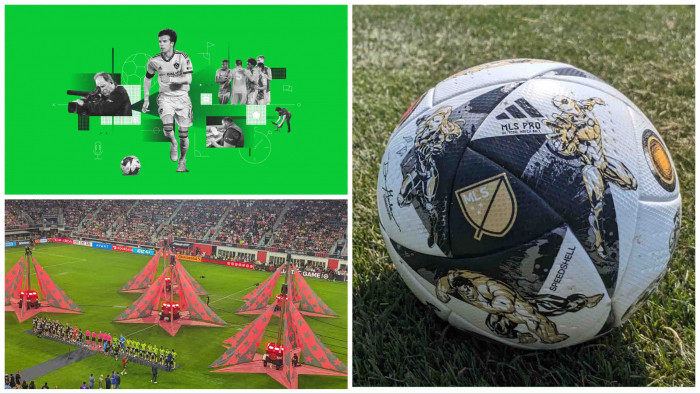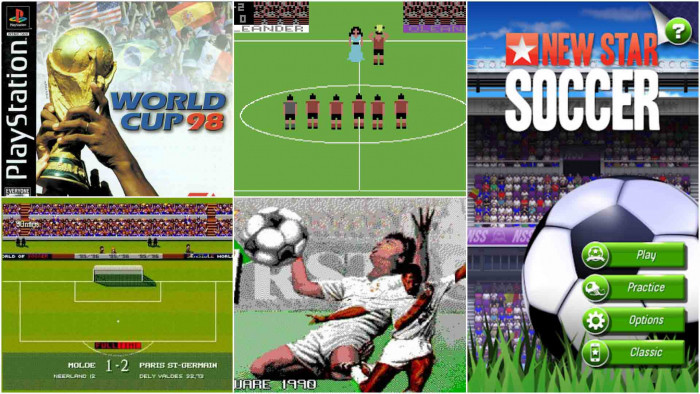We all know Space Jam put basketball on the map. Since then it has gone on to become hugely popular and even an Olympic sport. The Looney tunes however are all in various rehab centres. Cheat sheet below.
When? 6-21 August 2016
Golds up for grabs: 2
Olympic presence: Men since 1936 (demonstration sport 1904, 1924); women since 1976.
Olympic Format: In both men’s and women’s tournaments, twelve teams play in two groups of six. The top four from each group go into the knock-out stages.
Past Champions: USA : 21 | USSR /Russia: 4 | Argentina & Yugoslavia: 1
..........................................................................................................................................................
The basics
(Pictured: The five positions in basketball )
Scoring: 3-2-1
The aim of the game is to score more points than the opposing team. This is done by putting the ball through the net that they are defending. The number of points scored depends on where the ball was released. If it was thrown from outside the 6.25m line (a long basket), it’s a 3-pointer. More common is the 2-point field goal, scored from open play inside the line. Finally, a free throw, taken unimpeded from the free throw or foul line in front of the basket, scores 1 point.
Time In, Time Out
The game is five-a-side. Each team has another seven players on the bench and substitutions are unlimited. Though the starting five on a team are generally the strongest unit and play the most minutes, it is virtually unheard for anyone to play a complete match. At the Olympics, the game is played in four quarters, each ten minutes long, with a half-time interval of fifteen minutes. In the event of a tied score at the end of the fourth quarter five minutes of overtime are played. Coaches can call a one-minute time out, during which play is suspended, once in each of the first three quarters, twice in the fourth quarter and once in overtime.
Moving and dribbling
Players can throw, bounce, roll and pat the ball, but they must not kick or punch it. They are allowed to take three steps with the ball but must then shoot or pass. If they bounce the ball, one handed, they can dribble an unlimited distance with the ball. If the ball goes over the sidelines, the last team to touch it loses possession. Their opponents then have five seconds to get the ball to the place where it passed out of play and five seconds to release it.
Fouling Up
Basketball is, theoretically, a non-contact sport. Players are not allowed to impede the movement of their opponents with their arms, elbows or hips, nor are they allowed to grab, charge, barge or trip them. However, there is a great deal of hidden contact and the officiating can be rather uneven. Fouls committed by a team result in possession passing to the opposition. If the foul was committed on a player in the act of shooting, a free throw (see diagram above) is given. If the team has already accumulated four team fouls in a quarter then any additional foul results in two free throws for their opponents. Players also have fouls counted against them individually. When they reach five personal fouls they are excluded from the game (though they can be subbed). Technical fouls are also awarded for acts of violence and unsportsmanlike behaviour.
No Goal hanging, No Goaltending
Basketball has developed a series of rules to ensure that the balance between attack and defence is maintained. To prevent goal hanging, the coloured rectangle in front of the basket – referred to as the paint or the key – is designated a restricted area. Attacking players can spend no longer than three seconds inside it. Another flaw in the old basketball rules was that a very tall player could stand close to the basket and swat everything away. To prevent this kind of goaltending, players are not allowed to block shots on the downward element of their arc nor are defensive players allowed to try to gain an offensive foul from their opponents inside the small arc drawn 1.25m in front of the basket. This prevents defenders from simply impeding players who are driving towards the basket.
The Shot Clock
One tactic that teams used to employ was to play keep-ball, thereby wasting time and grinding down the opposition; effective perhaps, but terminally dull. To prevent this, the NBA introduced the shot clock, which is usually positioned above the backboards and on the scoreboard. Once a team takes possession they have 8 seconds to get the ball into the opponents’ half and 24 seconds to make an attempt on goal. Failure to do either results in possession passing to the other side.
'Extracted from How to Watch the Olympics by David Goldblatt & Johnny Acton (Profile Books)'
Latest
Related Reviews and Shortlists










